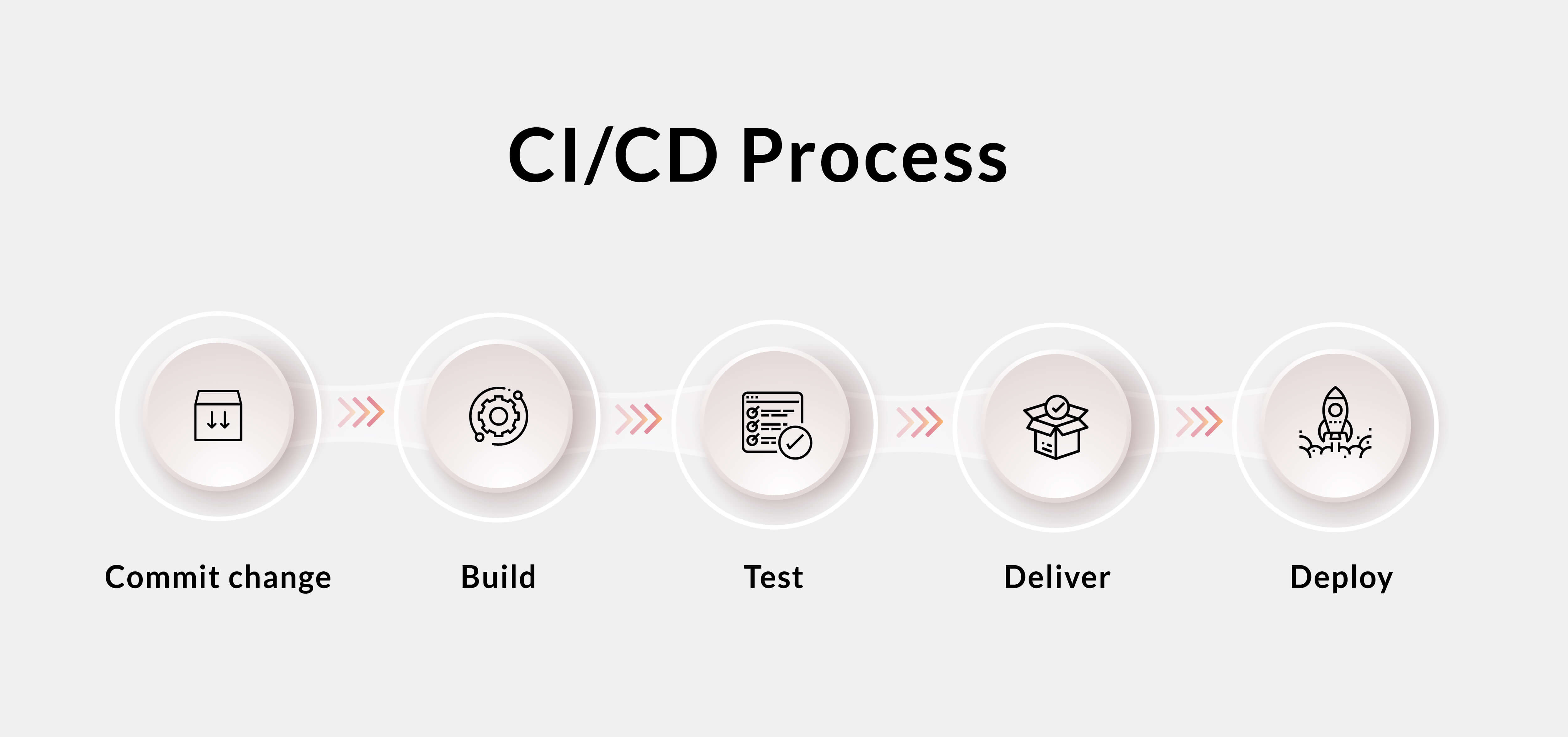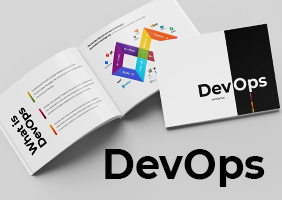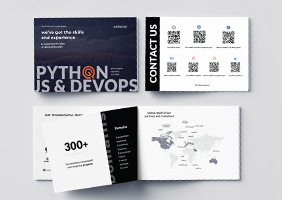DevOps automation in the end-to-end process of the delivery pipeline has considerably shortened the software lifecycle and not only that.
DevOps automation
Far are the days when the process of software development was made manually. Whether it is code review, testing, ensuring confidentiality and security, and deployment, the DevOps automation processes considerably diminishes the effort of development and deployment teams.
Automation is the need of our time. Except for saving precious time of developers it also requires minimal human intervention which results in reducing the chances of system failure.
As it was noted by Martin Flower:
“Frequent deployment is valuable because it allows your users to get new features more rapidly, to give more rapid feedback on those features, and generally become more collaborative in the development cycle”.
Generally, DevOps automation is divided into Continuous Integration and Continuous Delivery (CI/CD), and Continuous Deployment.
How to differentiate these approaches?
Continuous integration

Attempting to increase the quality of the code by running test cases automatically, continuous integration (CI) aims at detecting integration bugs. This facilitates a more collaborative approach when enhancing code quality and provides failure and success reports of the code in real-time as well.
Continuous delivery
Continuous Delivery (CD) aims at minimizing the visibly weak areas during the deployment or release processes. Here, the implementation entails automating the steps for software deployments so that code can be released securely and at any time. Continuous Delivery doesn't mean every change is deployed to production as soon as possible. It means every change is proven to be deployable at any time.
Continuous deployment
Continuous Deployment requires automation at a high level, where deployment is automated up to the moment of deployment into the users’ environment.
The approaches above compose the so-called delivery pipeline. Every piece of code undergoes a complicated process until its release: committing changes, building the software, testing, delivering and deployment. All this would not be possible without the active and close collaboration between teams.
Why do you need CI/CD?
What are the main reasons to consider CI/CD? Here you have some:
Fast building
The integration of CI and CD will cause faster builds and quicker delivery results. Tracking the project, providing feedback in real-time, and fixing weak points whenever necessary is now possible with deployments running in a continuous sequence. Constant reviews allow product development to be more in tandem with the end-users’ expectations.
Time-to-value proportion
The velocity of development is high and the time gap between proposing a new feature and its delivery is significantly reduced. So-called “integration hell” is mitigated in this case. The team spends less time on debugging and more time on developing new things. This also means a shorter feedback loop, the time between user interaction and updates.
Thus, implementing the CI/CD automated mechanism you provide your team with quicker test results for the build and deploy the product faster and at any time.
Data-driven management
The strategy also presupposes constant data monitoring that is related to the process of development. Your processes and insights become visible and, in such a way, you improve the existing workflow and reduce engineering obstacles.
Efficient developers
CI/CD aims at refining the integration process, thus breaking it down into simple, daily development tasks help minimize the build costs and detect defects early in the software lifecycle.
In a nutshell, by adopting the Continuous Integration and Continuous Deployment approach, your business would benefit from the following:
- Discover issues in software builds faster and, therefore, facilitating quicker resolutions
- End-user involvement and feedback during continuous development can lead to usability improvements
- Deliver software on time with quicker time-to-market
- Abandon the dull periods in the lives of products
- Share visibility of the software development process in real-time
Learn more about us and our services
Why don’t all teams do CI/CD?
Despite all the benefits, the company’s leadership has to encounter some challenges when adopting continuous integration and continuous delivery.
Automation cost
Substantial effort, time and money investment is required to adopt CI/CD-based development. Hiring and retaining DevOps engineers or putting your repositories in Git are only some of the processes that need to be handled. But there is good news. All of the processes can be dealt with. All you need is a good strategy on how to plan your budget.
Internal resistance
That’s probably a very subjective disadvantage, but still a common one. Not all developers are ready to take up the challenge of spending their valuable time on relearning processes. They would perhaps want to get their work done without any bureaucratic procedures. However, the practices we’ve outlined above should prevail upon the unwillingness to learn something new.
Hard to maintain
What is more, just an implementation of CI/CD practices is not enough. CI/CD require constant support. Therefore, large financial organizations, for example, will have to maintain several pipelines, some of which may even end at different delivery stages what makes the cycle times and the amount of work tough.
CI/CD deliver value
Since every innovation is not perfect and requires to overcome some challenges, the success of innovation is measured with the benefits it provides to the end-users. Continuous integration and continuous delivery perform top-notch, stable, and frequent deployment. Here at Quintagroup, we know that automation is the need of the hour. Let’s cooperate and our technologically savvy experts will find the best way on how to grow your business at an affordable price.


